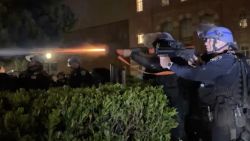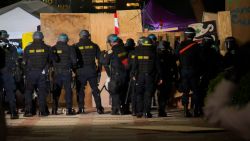Former Minneapolis Police Officer Mohamed Noor was found guilty Tuesday of third-degree murder and manslaughter for fatally shooting Justine Ruszczyk while responding to her 911 call.
The jury of ten men and two women acquitted Noor on an additional count of second-degree murder in the killing.
Noor, a 33-year-old Somali-American, is believed to be the first police officer to be convicted of murder in Minnesota in recent memory, Hennepin County Attorney Mike Freeman said.
Noor sat quietly with his hands clasped as the verdict was read. He was immediately taken into custody and led of the courtroom in handcuffs.
He faces up to 12 and a half years for third-degree murder and four years for second-degree manslaughter. The judge set a sentencing date of June 7.
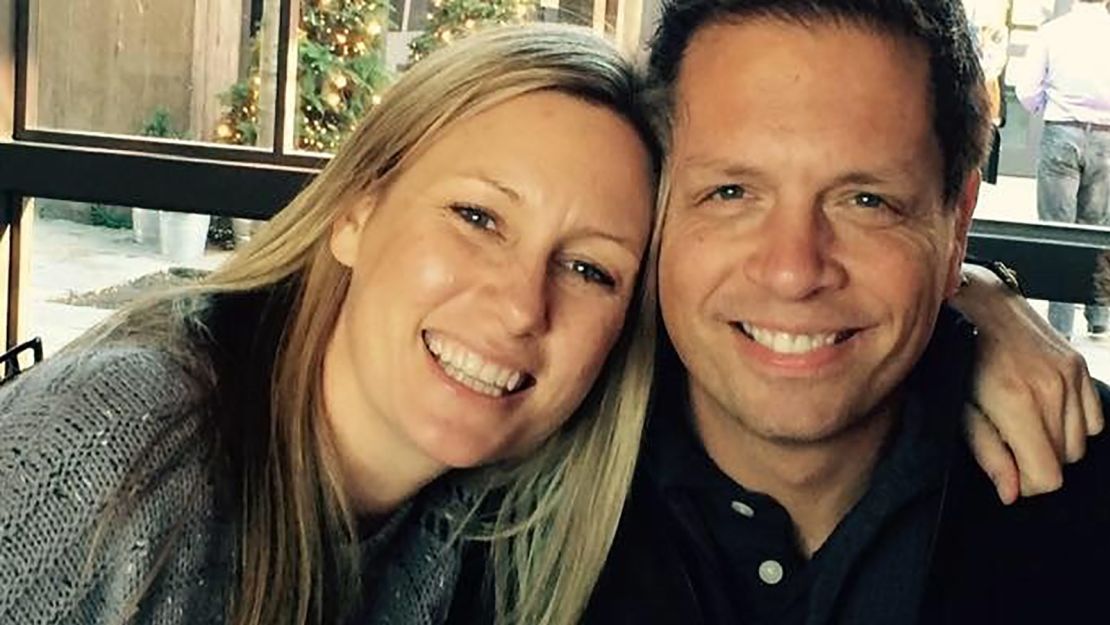
The fallout from the shooting
Noor’s lawyer said a “perfect storm” of events led him to open fire on Ruszczyk the night of July 15, 2017, when she called 911 to report a possible assault in progress in an alley behind her Minneapolis home.
Noor testified that he feared for his partner’s life as Ruszczyk approached their squad car in the dark, empty alley. But Hennepin County prosecutors said Noor overreacted and failed to properly assess the situation before firing a gunshot into Ruszczyk’s abdomen.
Ruszczyk’s death drew widespread attention, in the United States and in her native Australia. She had moved to Minneapolis to be with her fiancé and was killed a month before her wedding.
Members of the Australian media packed the courtroom along with Ruszczyk’s family, and representatives of the Somali community in Minneapolis.
Ruszczyk’s family said in a statement that they were satisfied with the verdict.
Her fiancé, Don Damond, said he hoped her death would lead to further reform of MPD’s procedures and policies. He noted that MPD squad cars bear the motto, “To protect with courage, to serve with compassion.”
“Where were those values that night?” he asked.
“She called them because she needed them to protect with courage and serve with compassion,” he said. “But that night, there was a tragic lack of care and compassion for the sanctity of life.”
The shooting cast a harsh spotlight on the Minneapolis Police Department and the state Bureau of Criminal Apprehension for its handling of the investigation, culminating in the resignation of Minneapolis’ police chief and a change in the department’s body camera policy.
Ruszczyk’scase also drew comparisons to the killing of Philando Castile, a black man shot by a police officer in Minnesota one year earlier. Some observers wondered during the trial if the cases would receive disparate treatment because of the race of the victims.
After the verdict, Freeman, the Hennepin County Attorney, rejected the idea that race played a factor in the decision to prosecute Noor.
“We have to look at each case based on the facts and the evidence and the law in front of us,” he said.
The evidence in this case, he said, “showed that the officer acted unreasonable.”
What the witnesses said
Sixty witnesses testified during the nearly month-long trial, including use-of-force experts, neighbors, and Noor’s partner, Matthew Harrity.
Harrity was behind the wheel of their squad car when Noor shot Ruszczyk from the passenger seat. He testified that he was startled by a noise on the rear driver’s side door as Ruszczyk approached the vehicle, according to CNN affiliate WCCO.
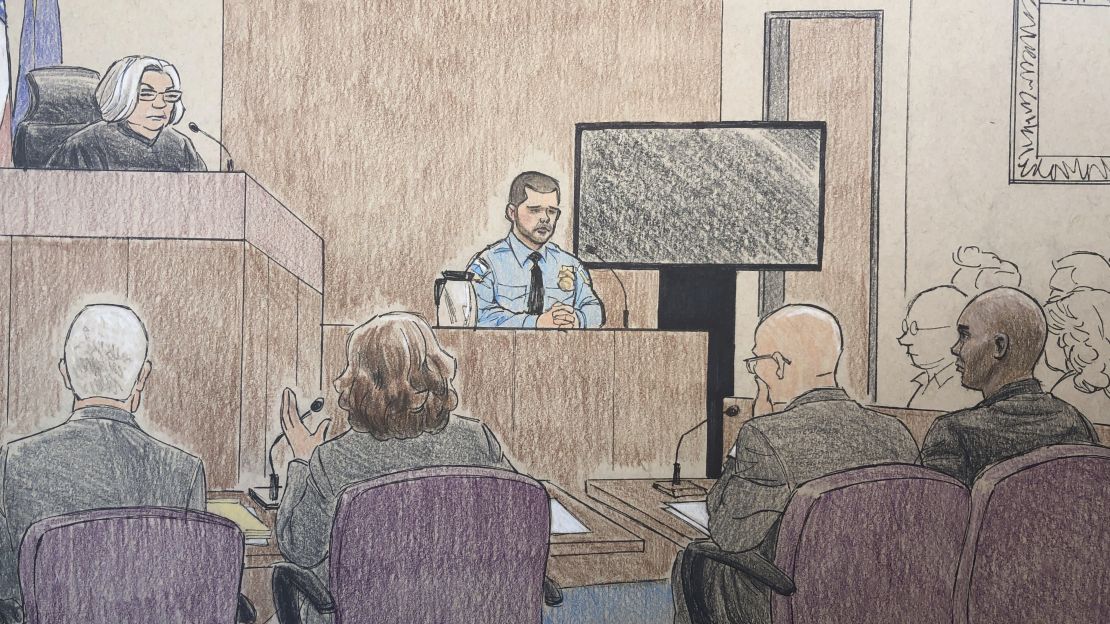
Noor took the witness stand toward the trial’s end, testifying that Harrity’s terrified expression and the sight of Ruszczyk with her hand raised jolted him into action. Although he did not see a gun in Ruszczyks’ hand, he feared his partner might be shot as she began to raise her hand, he said.
Two neighbors testified they heard a sound that the defense argued could have been Ruszczyk slapping the squad car. But the prosecution argued the slap did not happen, based on expert testimony that none of the fingerprints found on the squad car matched Ruszczyk’s.
Dueling experts differed on whether Noor’s use of force was reasonable and therefore justified.
Testifying for the prosecution, Lt. Derrick Hacker of the Crystal Police Department in Minnesota said that Noor’s use of deadly force was “excessive and objectively unreasonable.”
Being “startled” is different than “fearing death or great bodily harm,” Hacker said.
Testifying for the defense, lawyer and use of force expert Emanuel Kapelsohn said Noor’s conduct was an “objectively reasonable” response to the situation.
“It’s late at night. It’s dark in the alley,” Kapelsohn said, noting Noor heard his partner say “oh Jesus.”
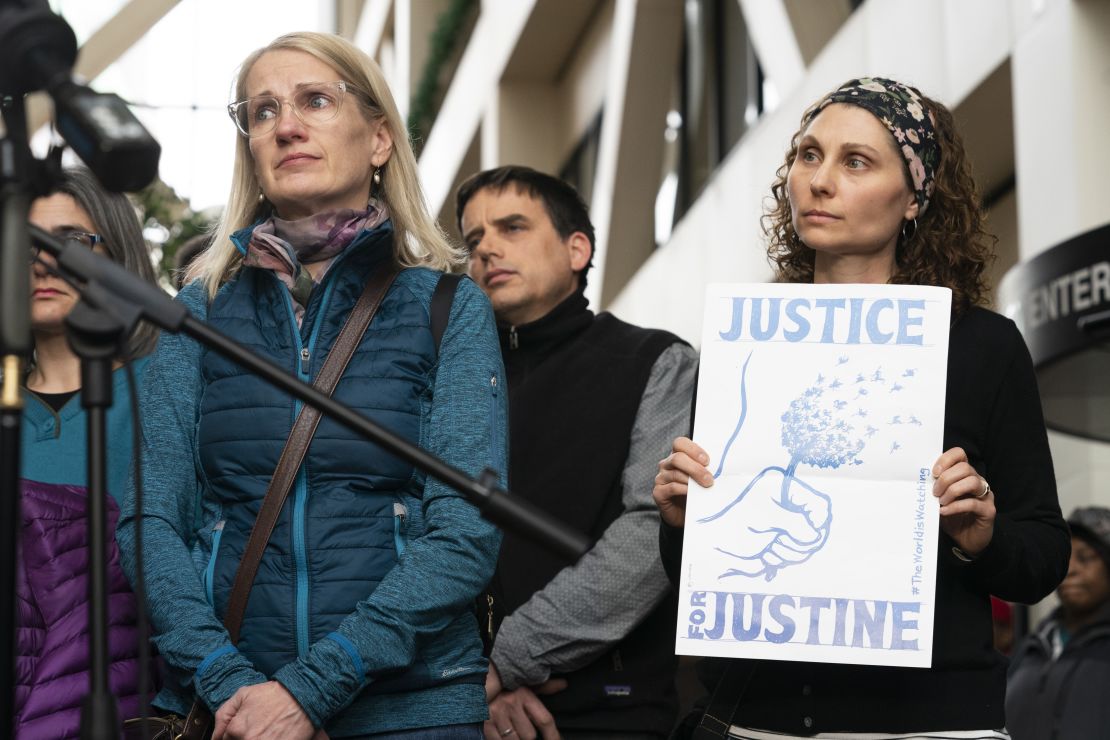
What the lawyers argued
Hennepin County Attorney Amy Sweasy said in her closing argument Monday that the appearance of a woman in the alley should not have surprised the officers.
Sweasy repeatedly pointed out that Noor never said he had saved his partner’s life when discussing the shooting with other officers, something she said he surely would have mentioned given his claims that he feared for his life.
“Wouldn’t that have been a good time to say it?” Sweasy asked Noor when he was on the stand.

Noor said he couldn’t remember all the events of the shooting, which he described as a “traumatic experience.”
In his closing argument, defense attorney Tom Plunkett said now was not the time for “Monday morning quarterbacking.”
“An officer may use deadly force to protect themselves or others from apparent danger” Plunkett said.
CNN’s Bill Kirkos reported from Minneapolis and Emanuella Grinberg reported and wrote this article in Atlanta.
















